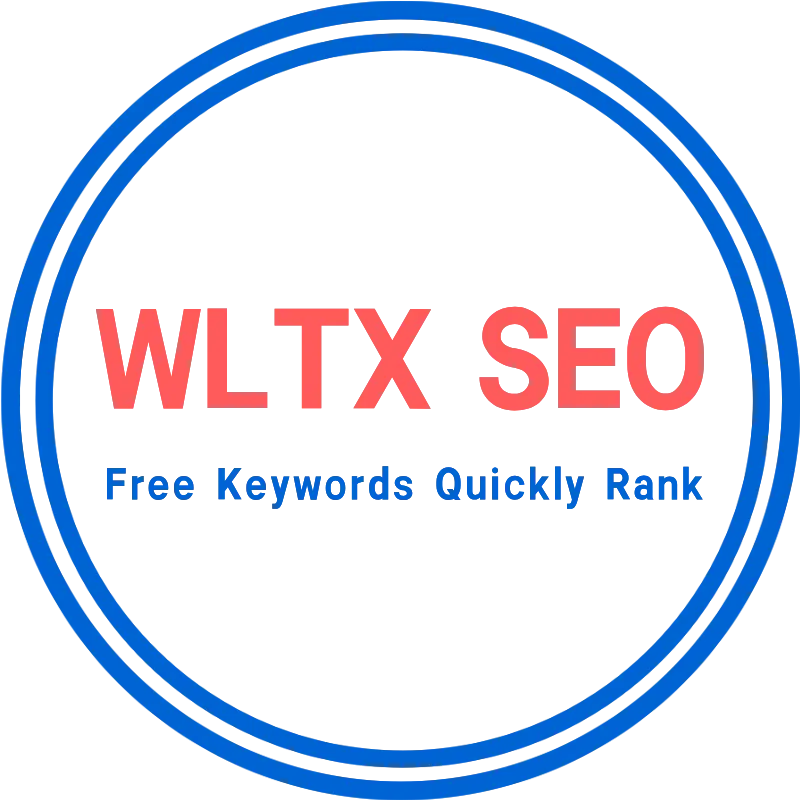Introduction
The digital storefront is the new battleground for e-commerce brands, and mastering visibility is non-negotiable. Without a dual-focus strategy—combining the long-term power of SEO with the immediate impact of Google Ads—businesses miss critical opportunities. This guide dives deep into actionable tactics for both domains, emphasizing how they amplify each other to maximize traffic, conversions, and revenue.
Ecommerce SEO: Building Organic Visibility
Ecommerce SEO optimizes your site to rank organically for product and category searches. Unlike static websites, e-commerce platforms face unique challenges: duplicate content, complex site architecture, and aggressive competition.
Key Strategies:
-
Technical Foundation:
- Site Speed: Mobile load times under 3 seconds are table stakes. Use Core Web Vitals (LCP, FID, CLS) as benchmarks.
- Indexability: Fix crawl errors with clean XML sitemaps, canonical tags for duplicate URLs, and structured data (Schema.org) for rich snippets.
- Mobile-First Design: Ensure seamless responsiveness. Google penalizes sites with poor mobile experiences.
-
Keyword Optimization:
- Intent-Driven Targeting: Segment keywords by funnel stage:
- Top-of-Funnel: “best running shoes for flat feet” (informational).
- Bottom-of-Funnel: “buy Nike Air Zoom size 10” (transactional).
- Long-Tail Focus: Optimize for specific product queries (e.g., “waterproof hiking boots women sale”) to capture high-converting traffic.
- Intent-Driven Targeting: Segment keywords by funnel stage:
-
Content Excellence:
- Product Pages: Beyond basic descriptions, include FAQs, sizing charts, and user-generated content (reviews).
- Category Pages: Avoid thin content. Add category descriptions, filtering options, and internal links.
- Blogs/Guides: Target informational queries like “how to clean leather boots” to attract early-funnel shoppers.
-
Authority Building:
- Earn backlinks through product collaborations, data-driven outreach (e.g., sharing unique industry research), and broken-link building.
- Dominate local SEO with Google Business Profile listings for physical stores.
Google Ads: Fueling Immediate Growth
Google Ads delivers instant traffic through paid search, Shopping campaigns, and remarketing. For e-commerce, Shopping Ads (Product Listing Ads) are particularly potent.
Proven Tactics:
-
Campaign Structure:
- Separate campaigns for Branded (your brand terms) vs. Non-Branded keywords to control budget allocation.
- Use Smart Bidding (tROAS, tCPA) with robust conversion tracking.
-
Google Shopping Campaigns:
- Feed Optimization: Maximize data quality in Google Merchant Center:
- High-resolution images.
- Precise product titles (include keywords like color, size).
- Accurate GTINs and custom labels for segmentation.
- Remarketing: Target cart abandoners with Dynamic Remarketing Ads showing exact viewed products.
- Feed Optimization: Maximize data quality in Google Merchant Center:
-
Search Campaigns:
- Competitor Targeting: Bid on competitors’ brand terms (where legally permissible).
- Ad Extensions: Use sitelinks (“Free Shipping”), promotions, and structured snippets.
-
Performance Analysis:
- Track metrics beyond clicks: Focus on Cost Per Acquisition (CPA), Return on Ad Spend (ROAS), and lifetime value (LTV).
- A/B test ad copy, landing pages, and bidding strategies monthly.
The Synergy: SEO and Google Ads Working Together
Integrating both channels creates a self-reinforcing growth loop:
- Data Sharing: Use high-performing Google Ads keywords to refine SEO content.
- Remarketing Pools: Leverage SEO visitor data (e.g., blog readers) for Google Ads audience targeting.
- Brand Dominance: Secure both paid and organic top slots for critical keywords, increasing trust.
- Testing Ground: Test product messaging via ads before updating SEO metadata.
Conclusion
E-commerce success requires a dual-engine strategy: SEO builds sustainable authority, while Google Ads captures high-intent demand. Brands that synchronize these channels—using insights from one to optimize the other—achieve lower acquisition costs, higher conversion rates, and resilient growth. Start by auditing your technical SEO and Google Ads structure, then iterate based on real-time data.
FAQs
-
Should I prioritize SEO or Google Ads for a new e-commerce store?
Launch with Google Ads for instant traffic while building SEO foundations. Shift budget toward SEO as organic rankings grow. -
How often should I update product feeds for Google Shopping?
Refresh feeds weekly to reflect inventory changes, pricing updates, or new imagery. Automate via platforms like Shopify or Feedonomics. -
Can Google Ads impact my organic rankings?
Indirectly, yes. Increased click-through rates and conversions from ads signal relevance to Google, potentially boosting SEO performance. -
What’s the biggest technical SEO pitfall for e-commerce sites?
Duplicate content issues from URL parameters (e.g., sorting/filtering options). Solve with canonical tags and parameter handling in Google Search Console. -
How do I calculate a target ROAS for Google Ads?
Aim for 300-500% ROAS initially. Formula: (Revenue from Ads / Ad Spend) x 100. Adjust based on your product margins. -
Should blogs target product keywords?
Reserve product keywords for category/pages. Blogs should answer informational queries to capture early-funnel shoppers.
(Word Count: 895)
Authored by [Your Brand]’s E-commerce Strategy Team
Questions? Reach our certified Google Ads & SEO specialists at contact@yourbrand.com







